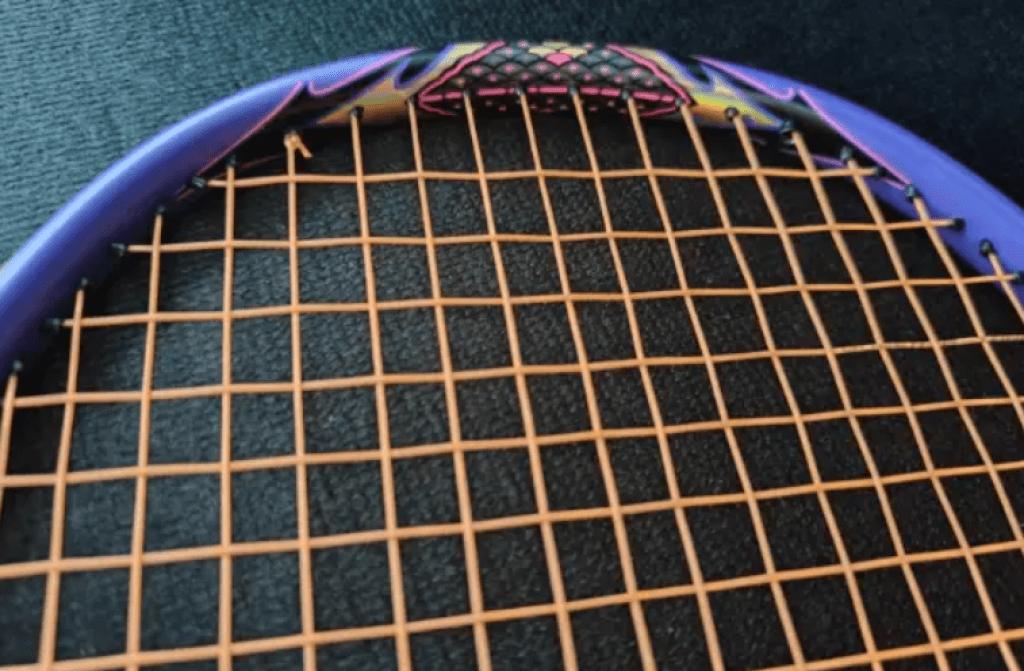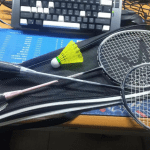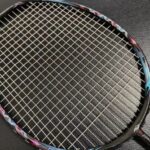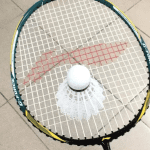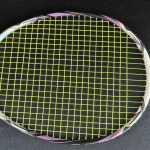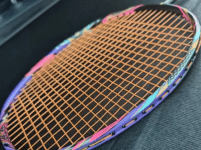
Badminton Racket Kawasaki NAZER 1916 Reviews

A couple of years ago, when I first explored Kawasaki’s Razer series with the 1916 model, it was indeed a distinctive product at the time. However, it fell short in specifications and lacked maturity in tuning, leading to issues in strength-based play where it seemed “insufficient.”
Subsequently, I tried an older model, the Razer 16, which had its own advantages, causing me to wonder if Kawasaki’s recent products had become too modular and formulaic. Then, the Razer 1916 was updated. This time, there was no choice paralysis—only one model was available.
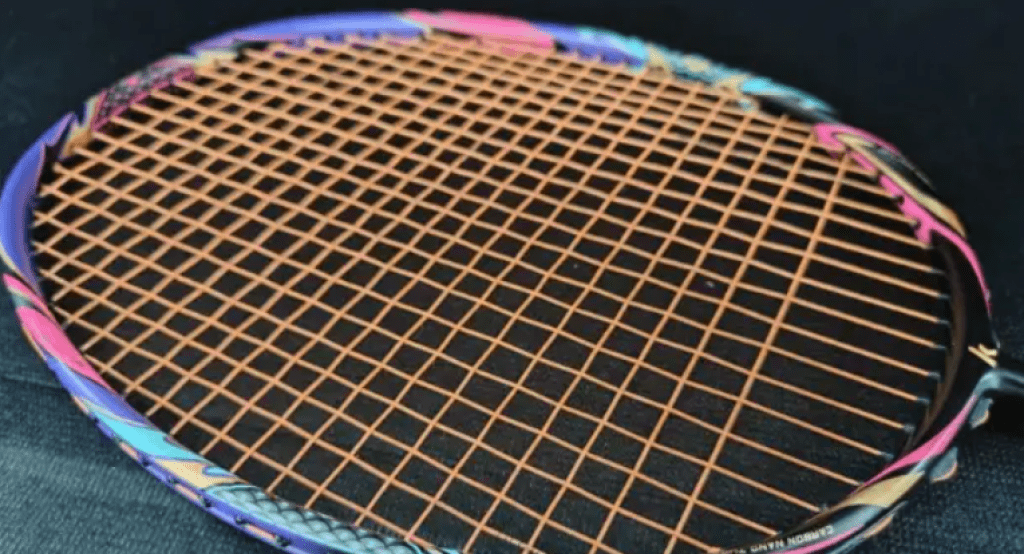
Specifications: 4UG5, unstrung, weight in play 89.26g, balance point 300mm, shaft length 220mm, medium hardness, thin-wing box-shaped small frame, 76-hole string bed, full groove, warranty for 30 pounds, string tension 25-27 lbs Steel Armor 9.
Kawasaki’s product appearance can be trusted without reservation. To be honest, the new color adopts the same pattern as the previous model, with almost no new design effort, but the frame stickers are very colorful. The purple, red, and blue parts of the frame look quite vibrant, leading me to think, “Since it’s just a new color, using the same pattern is fine.” The distinctiveness of all three 1916 models is quite good. This is not a minor detail; after all, the original 1916, which I found less useful in its cyan color, actually sold better because it looked good.
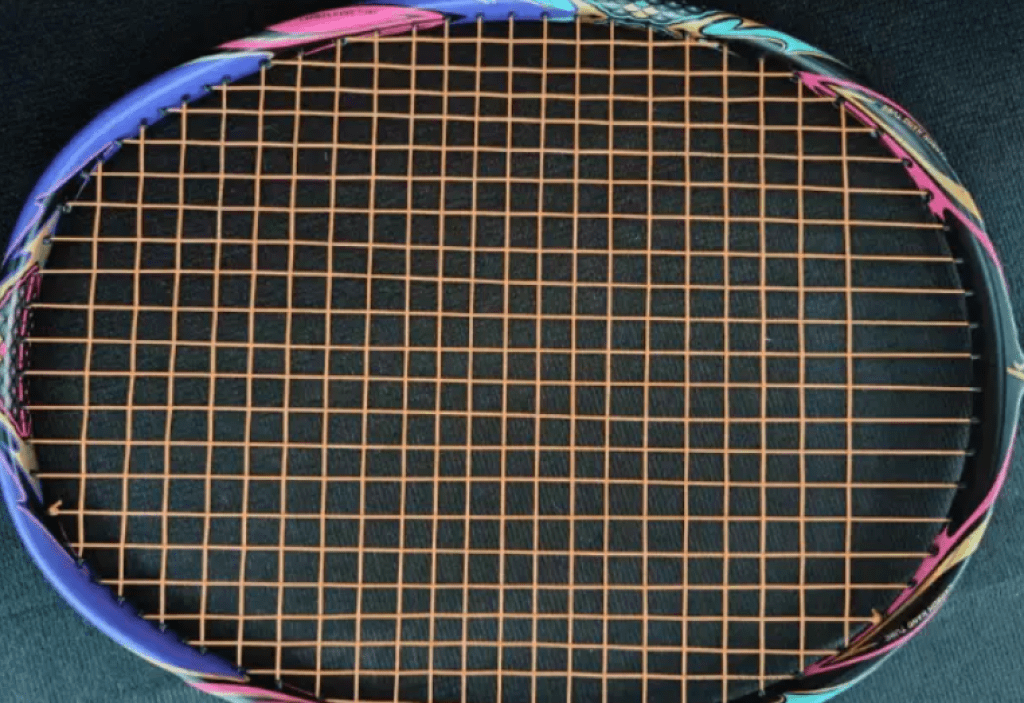
The weight of the new color is very noticeable. Even though it is also a 4U model, it delivers a heavier feel, providing more power. To keep the shaft’s deformation within a controllable range despite the increased swing weight, its hardness was also adjusted accordingly. However, it’s worth noting that the small frame’s sensitivity to increased swing weight and hardness makes it more challenging to handle. Precise control over timing and power is required to hit accurately, raising the adaptation difficulty to a new level.
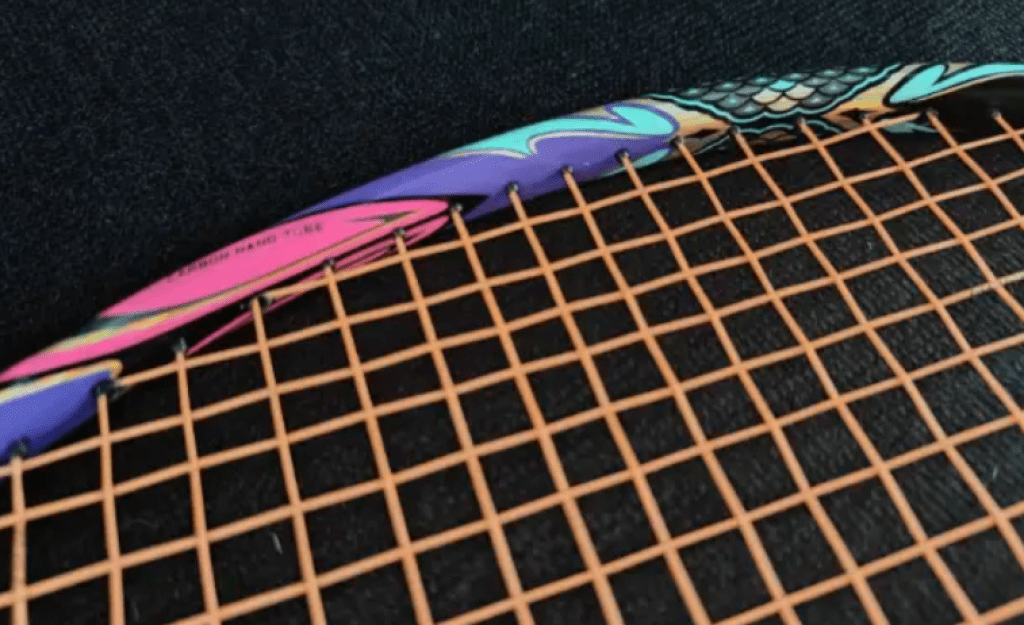
I also find it easy to feel the new color’s shortcomings in stroke and passive shot handling. This is relative; when the game’s tempo picks up, the increased swing weight makes the racket’s stroke longer, leading to a feeling of inflexibility. At the same time, the small frame’s precision requirements clash directly with the need for quick judgment on incoming shots. Issues with accuracy and power often occur in high-level play at mid-court, reminding me not to speed up recklessly. However, thanks to the steadier feel, I have more confidence in net play, and simple net returns can often achieve proactive results due to higher shot quality.
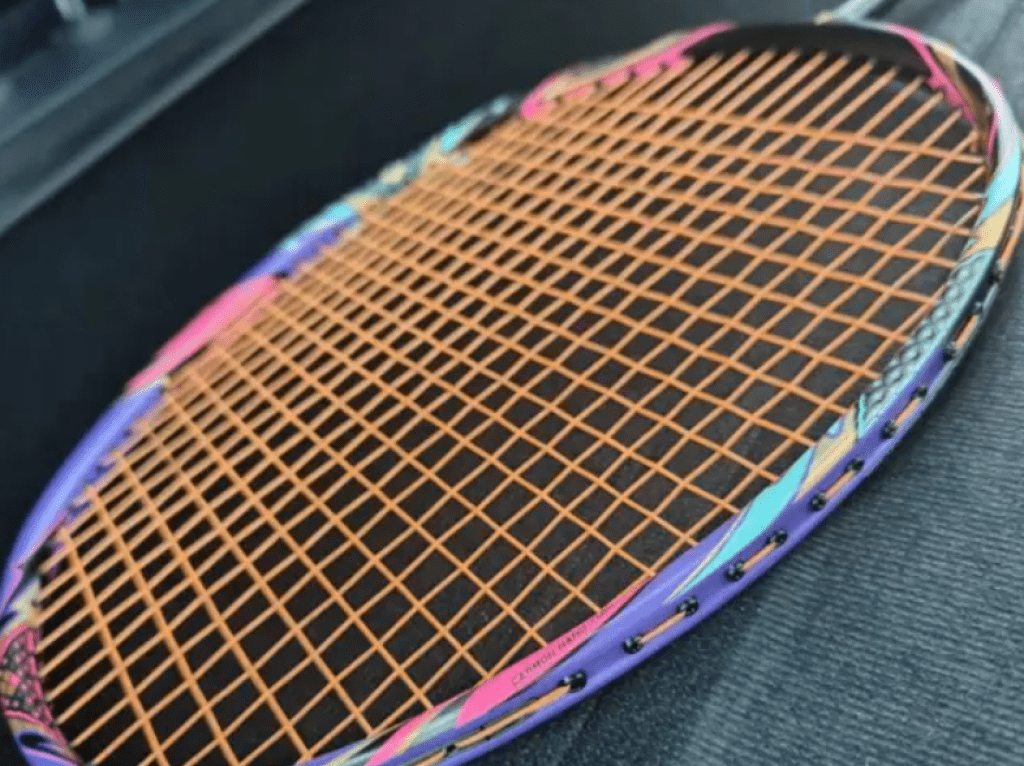
In smashing, the new color is also the heaviest. Particularly in powerful jumps that utilize core strength, the new color 1916’s explosiveness is impressive, with potential to drive the ball directly into the floor. The racket’s offensive feel is somewhat reminiscent of my unexpected delight with the Razer 16, but with the added advantage of being lightweight. This results in less burden during continuous downward shots and more comfortable follow-ups, effectively converting on-court momentum into points.
The new color of the 1916 does not have a sense of upgrade, but after re-tuning, it has become a product with a clearer function and more refined design. It has its own unique role to play.
